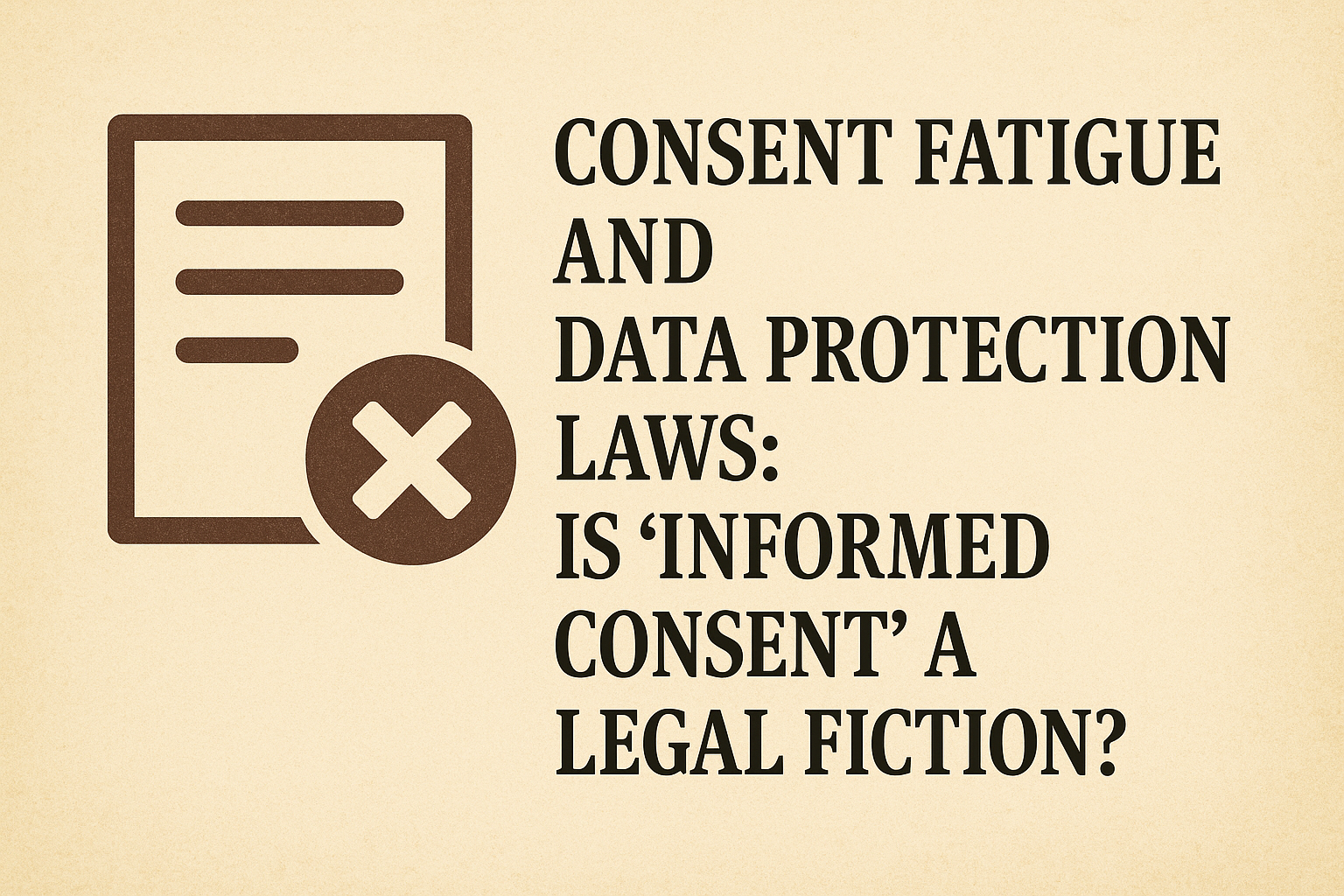Statutory depreciation rate under the Income Tax Act
Depreciation may seem like just
another accounting term, but for anyone managing a business, practicing as a
professional, or even just trying to understand how tax deductions work in
India, it plays a far more important role than it appears on the surface.
Simply put, depreciation reflects the gradual decline in the value of assets
over time — whether it’s a machine in a factory, a delivery vehicle, a
computer, or office furniture. This natural wear and tear is not just
acknowledged by business logic but is also formally recognized in Indian tax
law.
Under the Income Tax Act, 1961,
depreciation is not only a theoretical deduction but a legitimate and statutory
claim that helps businesses reduce their taxable income. Section 32 of the Act
provides the framework for this deduction, allowing individuals and
organizations to spread the cost of an asset over its useful life rather than
writing it off all at once. This is where the concept of statutory depreciation
rates comes in. These are the rates specifically laid out in the Income Tax
Rules, which taxpayers must follow while calculating the depreciation deduction
on various assets each year.
The government prescribes these rates
through a detailed schedule found in Appendix I of the Income Tax Rules. The
rates vary according to asset types. For instance, buildings, machinery,
furniture, motor vehicles, and even intangible assets like patents or
copyrights have different depreciation rates. This classification ensures a
fair representation of asset wear and aligns tax deductions with real-world
asset usage.
What makes statutory depreciation
rates especially relevant is their connection to business reality. Assets don’t
last forever, and their value doesn't disappear all at once. The Income Tax Act
recognizes this and provides for a system that mirrors the actual experience of
asset usage. For example, a delivery van used every day in a logistics company
will lose value much faster than a conference table that sits in an office. To
capture this difference, different types of assets have different rates of depreciation
— and in some cases, businesses are even allowed to claim additional
depreciation if they meet certain conditions like investing in new machinery or
operating in specified backward areas.
Furthermore, there's an important
distinction between assets used for more than 180 days in a financial year and
those used for less than that. Full depreciation is allowed only for assets
that are operational for more than half the year. If the usage is less, only
half the applicable rate can be claimed. This ensures that tax benefits are
proportionate to how much the asset actually contributed during the year.
For small business owners and
professionals, this might sound complicated, but it’s actually a helpful
provision. Instead of absorbing the full cost of an asset in one year, you get
to claim a part of it every year — which lightens the tax burden gradually and
helps manage cash flow better. It also aligns with the principle of matching
expenses to the revenues they help generate.
In practical terms, applying these
rates correctly is critical. Overstating depreciation can lead to tax notices
or penalties, while understating it may mean missing out on legitimate
deductions. That’s why accountants, tax consultants, and financial advisors
spend a good amount of time ensuring that the statutory rates are applied
accurately, based on the specific class and use of each asset.
But beyond numbers and compliance,
the statutory depreciation rate system reflects a deeper philosophy. It
recognizes that assets are the backbone of business — investments made with the
intention of long-term value creation. By allowing for a systematic recovery of
these costs, the law supports business sustainability and reinvestment,
especially for startups and small enterprises that count every rupee.








